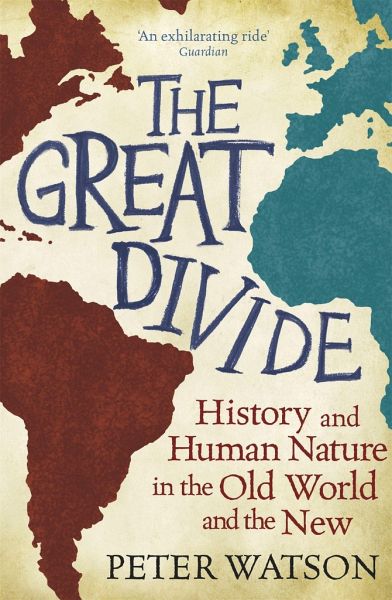
The Great Divide
History and Human Nature in the Old World and the New

PAYBACK Punkte
13 °P sammeln!
How the division of the Americas from the rest of the world affected human history.

History and Human Nature in the Old World and the New

Rechnungen
Bestellstatus
Retourenschein
Storno